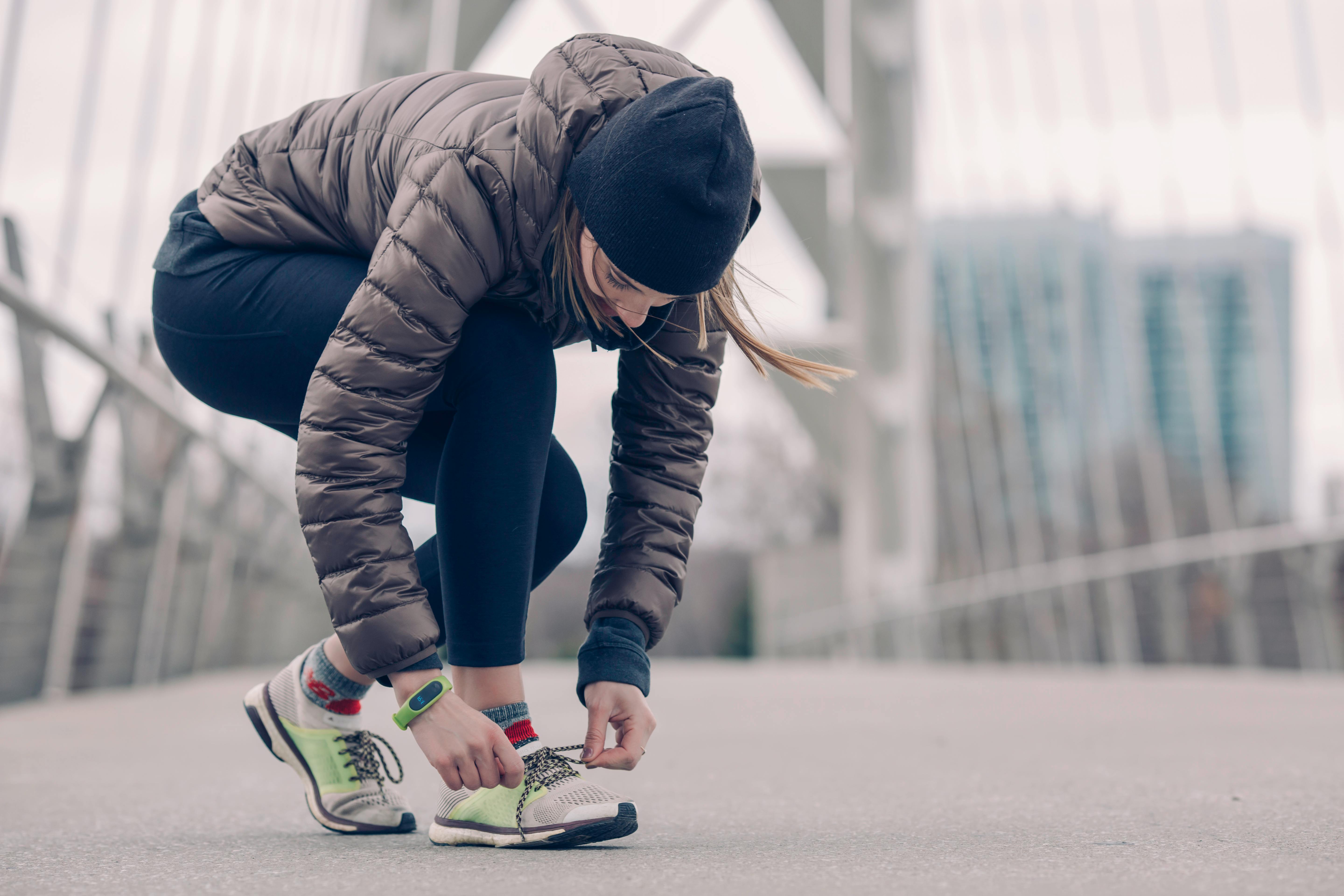Itching is not always the first symptom that occurs when one comes into contact with a poisonous plant. For many of my patients, the first realization that they might have come into contact with poison ivy, poison oak, or poison sumac occurs when they consult me about a rash they’ve developed. These vicious weeds are the most common cause of allergic reactions in the United States.
A rash from these weeds develops when the skin comes in contact with an oil called urushiol (you-roo-shee-ol). Urushiol is found in the sap of poison ivy, poison oak, and poison sumac. It oozes from any broken part of the plant, including the roots, stems, and leaves. After exposure to air, urushiol turns a dark brown color, making it easy to detect.
Contact with urushiol can occur in three ways:
- Direct contact: touching the sap of the toxic plant.
- Indirect contact: Touching something to which urushiol has been spread. The oil can adhere to clothing, animal hair or skin, sports equipment, basically any object that has been in contact with a broken part of the plant.
- Contact with airborne urushiol particles, which can occur from burning poisonous plants. This can cause a rash when it comes in contact with the skin.
A rash from any of these plants can affect almost any part of your body, especially where your skin is thinnest. Redness and swelling occur first, usually followed by blistering and severe itching. The fluid from the blister from these rashes does not spread the rash. Within a couple of days, the blisters may scab over and begin to scale. The rash traditionally takes 10 days or more to heal.
The best advice I can offer to help prevent the misery of a poison ivy rash is: STAY AWAY. The best way to know which plants to avoid is to learn how to identify these poisonous plants. Their appearance may change slightly throughout the seasons, but they remain toxic all year long. A key feature in identifying poison ivy and poison oak is in the leaves—they always come in groups of three. Therefore, the popular saying “leaves of three, be careful with me” is a good rule to follow.
Follow these simple rules if you think you may have been exposed to poison ivy, poison oak, or poison sumac:
- Wash exposed areas immediately with running water. The water should prevent urushiol from spreading to other parts of your body. Do not use soap at this time. The soap can pick up some of the urushiol and spread it to other parts of your body.
- Take a regular shower with soap and warm water within 30 minutes of exposure. Make sure you have cleaned the exposed area under running water before using soap.
- Wash your clothes as soon as possible. Don’t wait and don’t wash a full load of laundry with clothes you think may have been exposed to the poisonous plant. You can transfer urushiol to carpeting or furniture if you’re not careful.
- Be sure to clean any other items (such as camping gear, fishing gear, etc.) that may have come in contact with the oil.
- You can relieve the itching of mild rashes by taking cool showers and applying over-the-counter products like calamine lotion or Burrow’s solution. A warm bath with a solution of oatmeal or baking soda can be used to relieve itching and dry out oozing blisters.
I always recommend that you see a board-certified dermatologist if you know you’ve been exposed to one of these weeds. A dermatologist can properly diagnose your rash and may prescribe cortisone or other medications that can prevent blistering.
